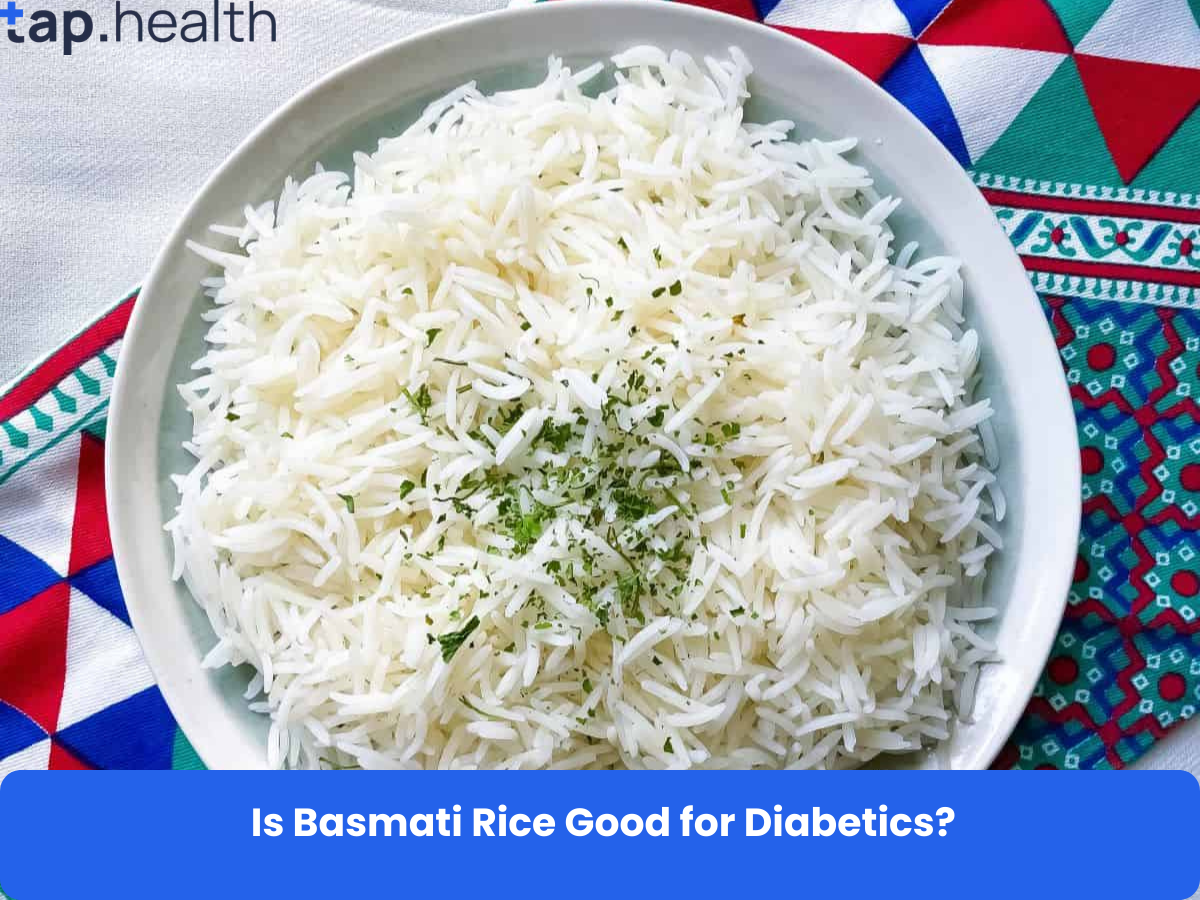Grits remain a beloved Southern comfort food, but many people with diabetes ask: “Are grits safe for blood sugar?” The short answer is yes — diabetics can eat grits safely when they choose the right type, control portions, and balance the meal properly. This detailed guide covers everything from the glycemic index of grits to practical tips and real-life examples.
What Are Grits Exactly?
Grits are coarsely ground dried corn (hominy) boiled into a creamy porridge. Traditional grits come from white or yellow corn and can be stone-ground, quick-cooking, or instant. The more processed the grits, the higher their impact on blood sugar levels.
Understanding Glycemic Index of Grits and Blood Sugar Impact
The glycemic index (GI) measures how quickly a food raises blood glucose.
- Low GI: ≤55
- Medium GI: 56–69
- High GI: ≥70
Regular quick or instant grits usually score 65–85 (high GI), while stone-ground grits range 55–65 (medium to high). This means refined grits can cause rapid blood sugar spikes if eaten alone or in large amounts.
Best Types of Grits for Diabetics
Stone-ground or whole-grain grits win every time. They retain the bran and germ, providing more fiber (2–4 g per ¼ cup dry) and a lower effective glycemic load. Avoid instant grits packets — they’re heavily processed and often contain added salt or sugar.
Proven Strategies to Enjoy Grits Without Blood Sugar Spikes
- Strict Portion Control Stick to ¼–½ cup cooked grits (15–30 g carbs) per meal.
- Pair with Fiber, Protein, and Healthy Fats Add:
- Eggs or egg whites
- Spinach, kale, broccoli, or tomatoes
- Avocado slices
- Turkey bacon or grilled shrimp
- A sprinkle of chia seeds, flaxseeds, or nuts, or cheese
- Cook Smart
- Use water, unsweetened almond milk, or low-carb broth instead of whole milk.
- Skip sugar, honey, or sweetened toppings.
- Season with herbs, garlic, black pepper, or a little parmesan.
- Count Total Carbs in the Day Factor grits into your daily 45–60 g carb per meal target (or whatever your dietitian recommends).
Real-Life Diabetes-Friendly Grits Meals
- Breakfast bowl: ½ cup stone-ground grits + 2 scrambled eggs + sautéed spinach + ¼ avocado (≈30 g carbs, high fiber & protein).
- Dinner side: ⅓ cup grits + grilled chicken breast + roasted Brussels sprouts and a drizzle of olive oil.
- Shrimp and grits makeover: ½ cup grits + sautéed shrimp, bell peppers, onions, and zucchini in garlic herb sauce.
What Experts and Guidelines Say
The American Diabetes Association (ADA) states that no food is completely off-limits; it’s about portion size and balance. Registered dietitians and endocrinologists agree that stone-ground grits, when limited and combined correctly, fit into a diabetes meal plan.
Quick Tips to Lower Glycemic Impact of Grits Even More
- Chill cooked grits overnight — this creates resistant starch that acts like fiber.
- Add 1–2 tbsp ground flaxseed or psyllium husk while cooking.
- Always test blood sugar 1–2 hours after eating to learn your personal response.
Are Instant Grits Bad for Diabetes?
Yes, most instant and quick grits are highly refined, low in fiber, and cause faster spikes. Choose stone-ground or old-fashioned varieties instead.
Can You Eat Grits Every Day with Diabetes?
Occasional to moderate consumption (2–4 times per week) works for most people if portions stay small and meals stay balanced. Daily large servings are not recommended due to cumulative carbohydrate load.
Are Cheese Grits Okay for Diabetics?
Yes, in moderation. Cheese adds protein and fat that blunt the glucose rise, but watch total calories and sodium.
Can Diabetics Eat Grits? Final Answer from TapHealth and Diabetes Experts
Yes — people with diabetes can absolutely enjoy grits! Choose stone-ground varieties, keep servings to ¼–½ cup cooked, and always pair with plenty of non-starchy vegetables, lean protein, and healthy fats. With these simple adjustments, grits can remain part of a delicious, blood sugar-friendly diet.
For more tips on diabetes management, visit the American Diabetes Association.



